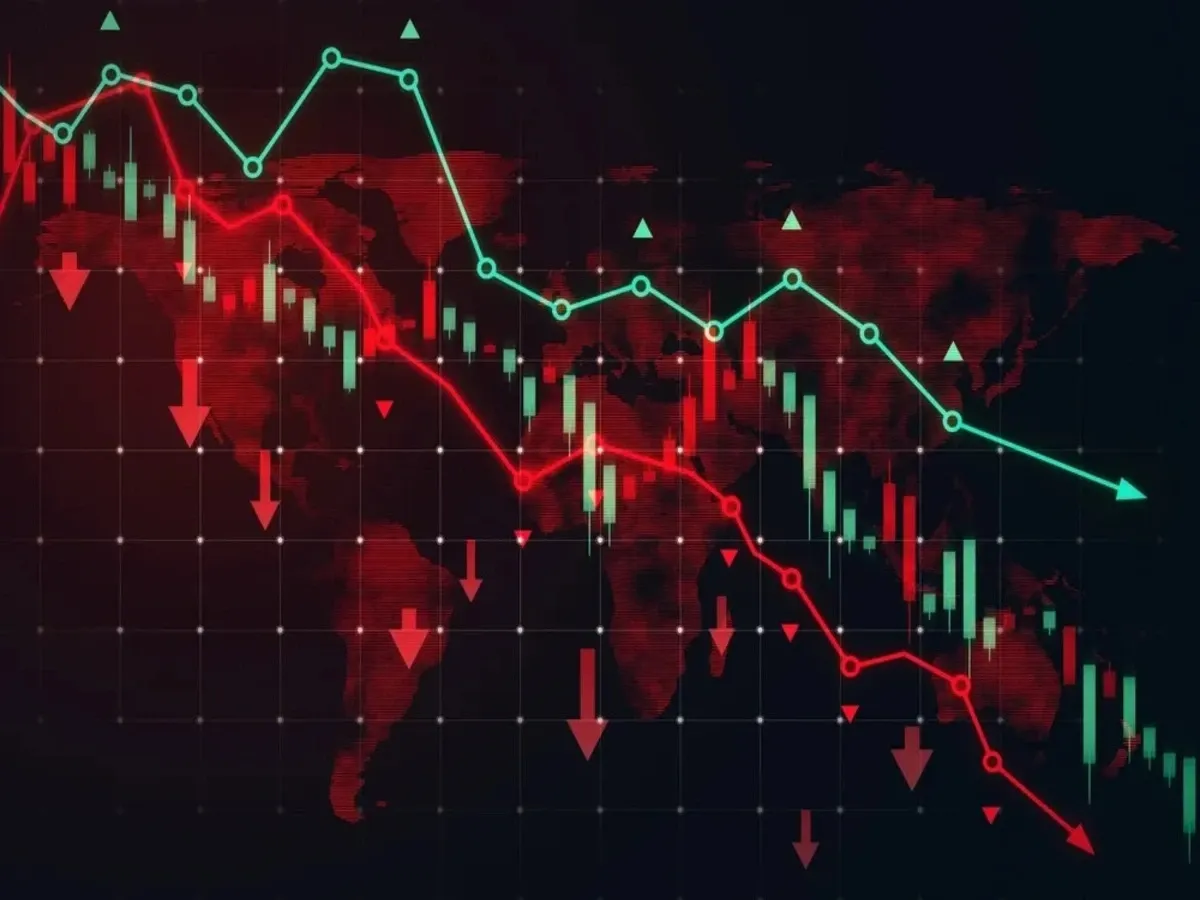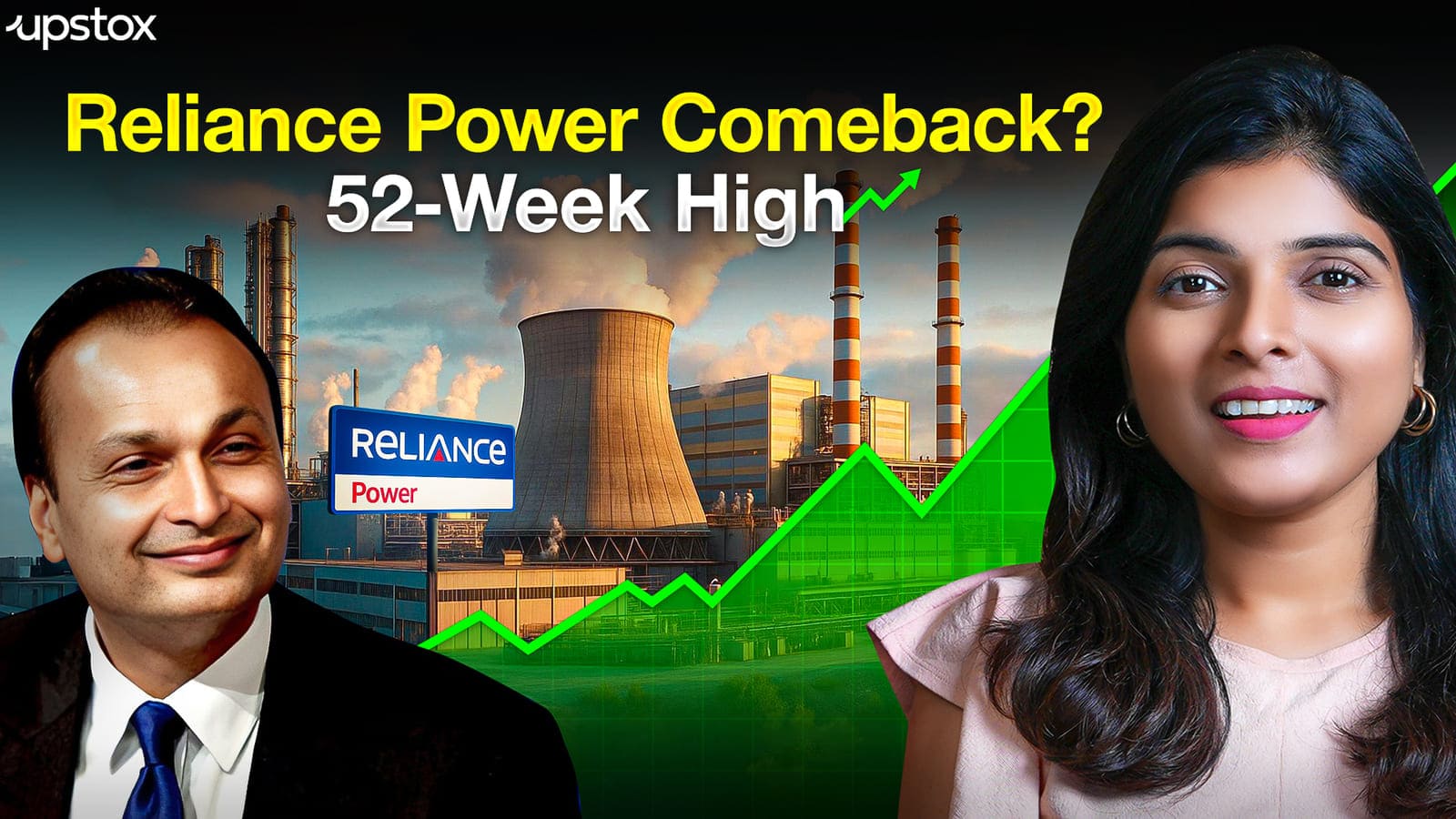Market News
Market crash, panic all over: What should investors do?

4 min read | Updated on April 07, 2025, 14:35 IST
SUMMARY
As markets turn volatile, investors often feel a range of emotions, from fear, uncertainty, and anxiety about future investment all at once. However, this is neither the first nor the last steep correction in the history of markets. Previously, markets have witnessed similar situations albeit for different reasons. But markets have rebounded from these scenarios and rewarded investors in times the months that followed.

The SENSEX ended 2,226.79 points or 2.95% lower at 73,137.90. | Image: Shutterstock
Markets crashed across the globe on account of a full-blown trade war between the US and its trading partners. Key benchmark indices like Dow Jones, Nikkei, Hang Seng and NASDAQ fell more than 10% in two trading days following the tariff announcements. This has made investors fearful amid rising concerns about an impending US recession and the possibility of it spreading across the globe.
Historically speaking, markets are behaving the same way they reacted earlier during crisis situations, be it the dotcom bubble of the 90s, sub-prime crisis of the late 2000s, or the COVID-19 pandemic.
But what makes a seasoned investor different from others is how he or she assesses the situation and responds to it.
Author Morgan Housel, in his latest book, Same as Ever, describes the cycle of fear and greed in a beautiful way.
“First, you assume good news is permanent.
Then you become oblivious to bad news.
Then you ignore and deny bad news.
Then you panic at bad news and accept it.
Then you assume bad news is permanent.
Then, you again become oblivious to good news.
Then you ignore and deny good news.
Then you accept the good news and think it is permanent.”
And the cycle continues.
If we extrapolate the cycle to the current situation, investors thought the good news was permanent, and a big crash in the market is a distant possibility post-COVID era. They became oblivious to the bad news and expected that the Trump tariffs, the global trade war, and earnings contraction might impact markets intermittently but not permanently.
Now, when markets have seen sharp cuts, investors have become fearful and some might even think this will continue further. That's when good news starts to pop up. It might come from any direction, but as investors we should not ignore it. Historically speaking, markets have always performed better after sharp corrections in the markets.
May 2004
Following the NDA government's defeat in the 2004 general elections, the NIFTY50 fell more than 20% in two trading sessions, from 1,720 to 1,290. However, the index rebounded 33% to 1,760 levels, recouping all the losses in the next six months.
May 2006
The NIFTY50 again fell more than 25% in May and June of 2006 amid corrections in global emerging markets. The index fell from 3,557 to touch the low of 2,597 in June. Six months later, the index touched the level of 3,962, gaining 52% from the lows.
October 2008
The NIFTY50 fell more than 22% in two trading sessions on October 24 and 27 amid the Global Financial Crisis. Six months later, in April 2009, the index jumped more than 50% from the lows, reclaiming levels of 3,465 from the low of 2,252. The fall triggered by the Global Financial Crisis started in January but bottomed out in October when the global markets crashed.
March 2020
The COVID-19 lockdown induced fear into markets, which led to a nearly 35% fall in the NIFTY50 in March 2020. The index fell from 11,990 to 7,550 in a few trading sessions, wiping out a huge chunk of investor wealth. However, by September 2020, the index climbed back to 11,900 levels, posting a sharp recovery.
These examples show that markets recouped most of the losses in the six months after that. Will history repeat itself this time? The answer to that question is uncertain and linked to multiple factors that are not in our hands. The recovery from these levels may come in six months or more, which we do not know. But as the data shows, markets have shown resilience in the post-crisis period as competent authorities like governments, central banks introduce policy measures to tackle the situation, which later aids for improvement in performance.
Regardless of volatility, panic and fear, times like these have always rewarded investors heavily. Indeed, many seasoned investors wait for opportunities like these to add to their investments. However, no one knows where the market will bottom out, and start rallying. But investors would do well to remember the words of as ace investor Warren Buffet: “Be fearful when others are greedy, and greedy when others are fearful”.
About The Author
Next Story

